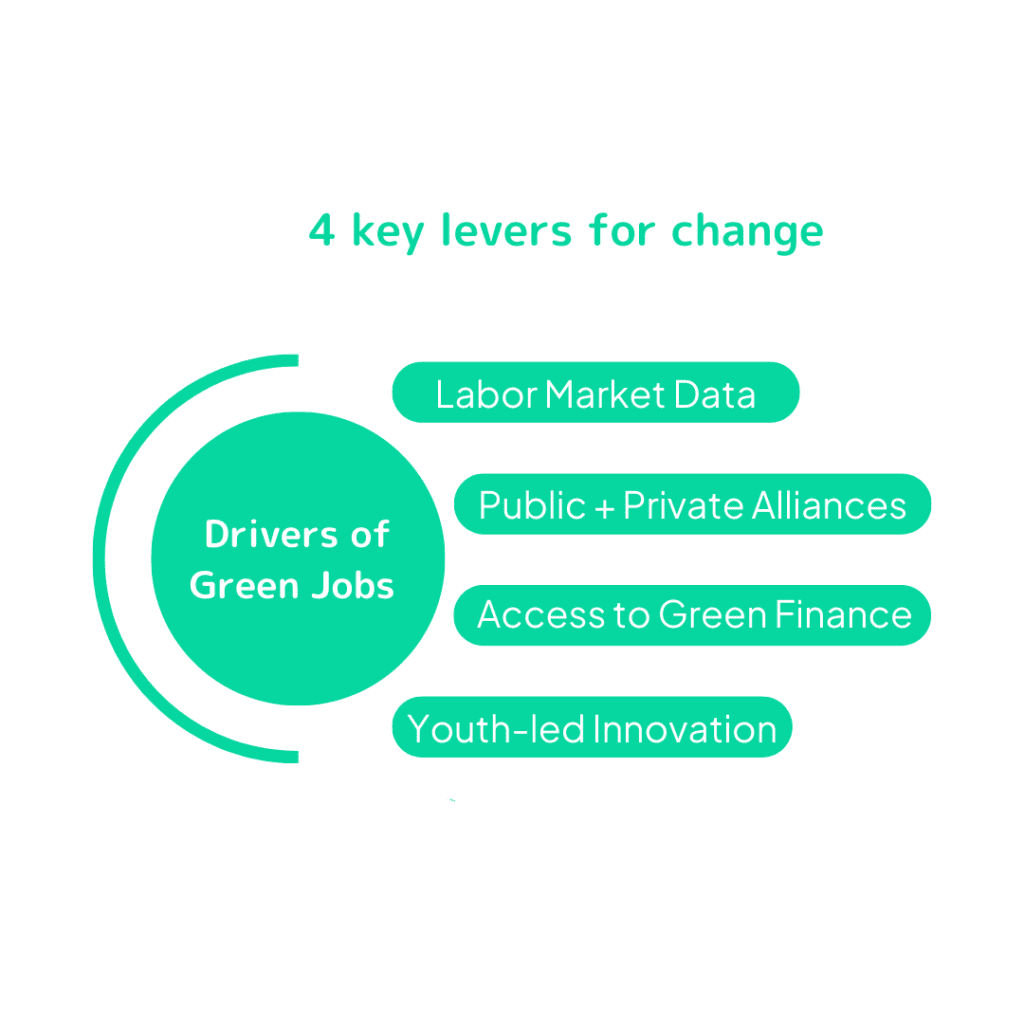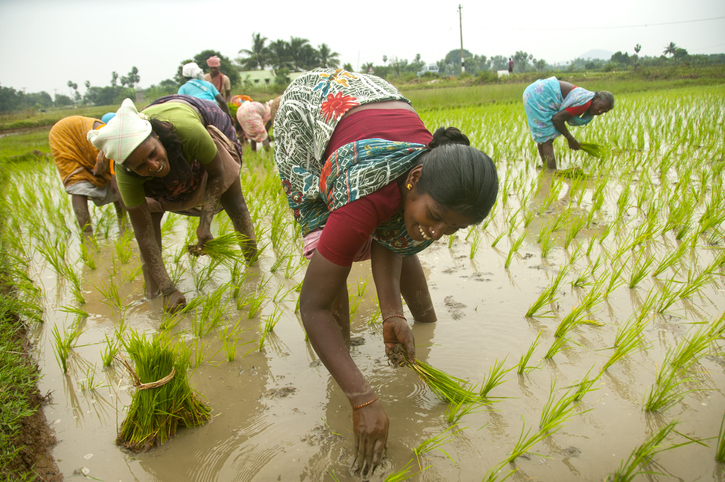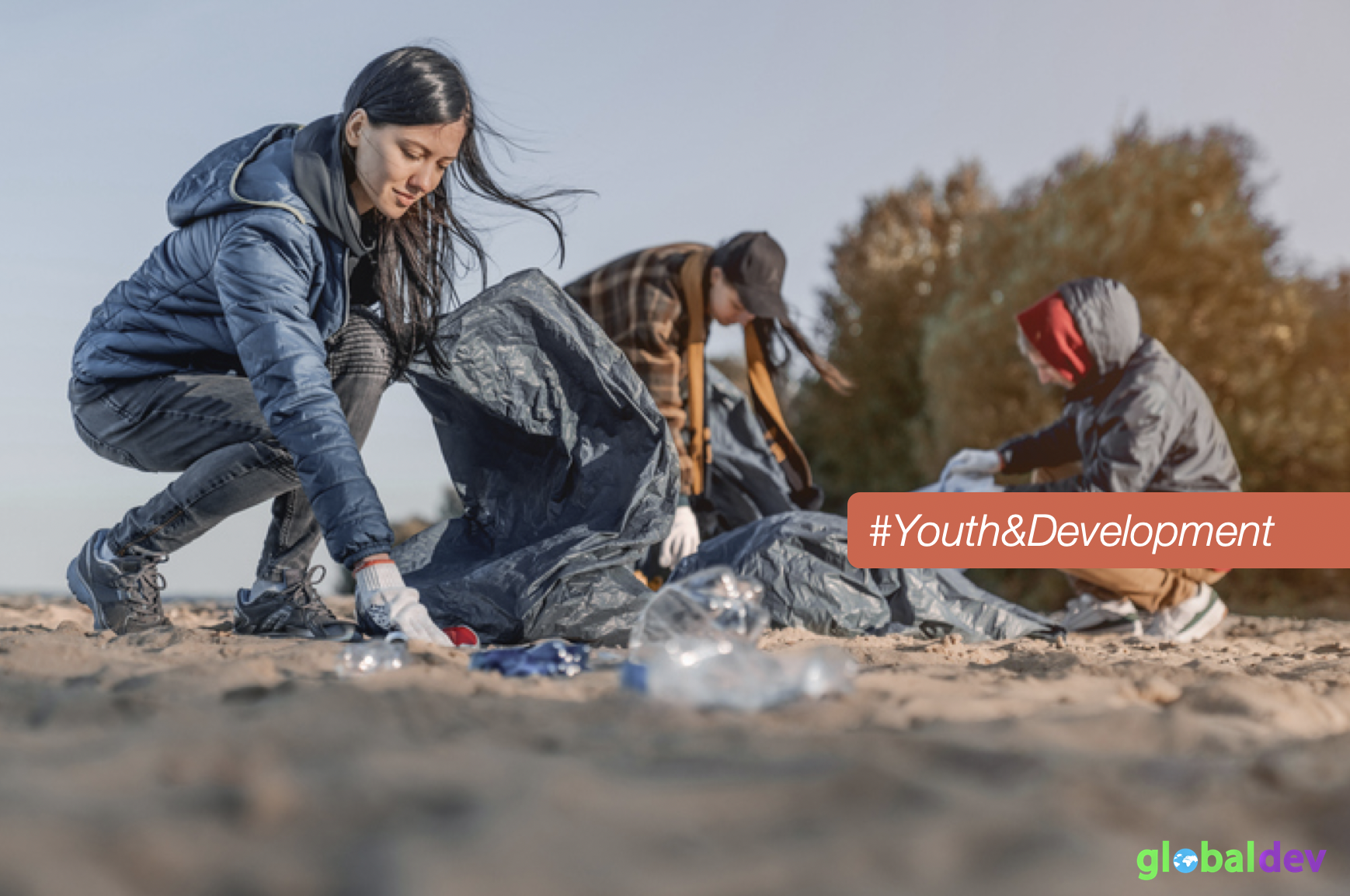Green and blue jobs are critical to sustainable development, but policy-makers will need to take care that massive employment shifts in the growing green economy will result in equitable employment opportunities for all. Using the Philippines as a case study, we highlight four key factors that could drive a green jobs movement that empowers local communities and policymakers.
Muneer Hinay has a passion for what he calls “hyper-localizing.” Along with his 12-year-old daughter Raaina, he is the co-founder of Kids Who Farm, a Philippines-based organization that teaches young adults the basics of sustainable farming. For Muneer and his daughter, sustainable agriculture is the key to food security and to mitigating climate change.
“Creating a sustainable food system has to be hyper-local. What we’re trying to do is bring food closer to where the consumers are, to establish community micro-farms that are sustainable, that use proper technology systems, and contribute to the local economy. This approach minimizes spending on transport and also minimizes the carbon footprint.”
Indeed, climate change is becoming a palpable concern in the Philippines, one of the most climate vulnerable countries in the world. Through its Green Jobs Act, the Philippine government has been setting policies to transform toward a more green and blue economy.
But one major constraint to growing green jobs in the Philippines is the local-level response. Young people, especially the 3 million youth not in school nor employment, have relatively little awareness of opportunities in the green and blue economy. Most information on green jobs is either out-of-date or too high-level to be useful for young job-seekers. As Muneer notes: “When it comes to green jobs, there is still a portion of people—especially among youth—who don’t understand the importance of sustainable agriculture.”
Conversations with people like Muneer have underscored that securing a just transition—one that includes young people, women, and other marginalized groups in the developing world—needs more than a top-down approach. The transition depends also on a bottom-up movement, one that takes advantage of local capacity, partnerships, and information at the subnational level.
As part of the Our World, Our Work initiative, the Education Development Center (EDC) conducted research to understand the relationship between climate change, the blue and green economy, and youth employment in low- and middle-income countries. This research extended to the Philippines, where EDC is implementing the USAID-funded Opportunity 2.0 activity and, in collaboration with Accenture Development Partners, is completing a study on the drivers of youth employment in the green and blue economy. Through this work emerged key learnings that can catalyze a localized, inclusive green jobs movement:
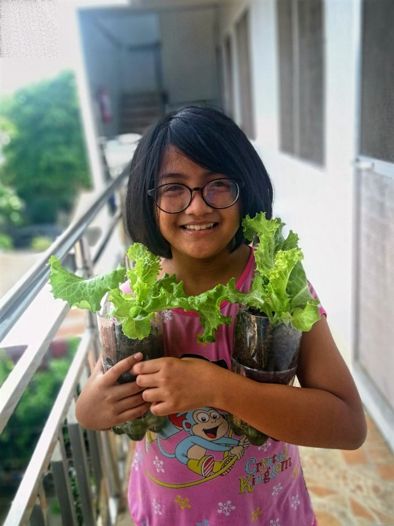
12-year old Raaina co-founded Kids who Farm with her father, Muneer. Kids Who Farm is skilling young entrepreneurs to establish community-level sustainable micro-farms and urban agriculture initiatives. Credit: Kids Who Farm
Closing data gaps with green local labor-market information
While data on green economic trends is being generated at the international and national levels, little information is available to local policy makers, micro- and small-, and medium-sized enterprises (MSMEs), young job seekers, and the community-based organizations that serve them. Indeed, a global ILO synthesis report highlights the need for decentralized labor market information systems combined with national data collection, while the OECD suggests concrete ways to improve data for better green job policies.
In Zamboanga City, a group of government, private sector, and youth leaders learned how to conduct local labor market assessments, and in turn identified a high demand for agriculture work-readiness skills. They then took action to supplement a course already offered by the Technical Education and Skills Development Authority (TESDA): the City Agriculturist Office partnered with Kids Who Farm to provide hands-on learning for out-of-school youth in sustainable agriculture. To date, these collaborations have allowed Kids Who Farm to train more than 6,000 people on urban agriculture and build 38 community gardens and school micro-farms—and have contributed to Kids Who Farm’s goal of producing 60% of Zamboanga’s local vegetable demand.
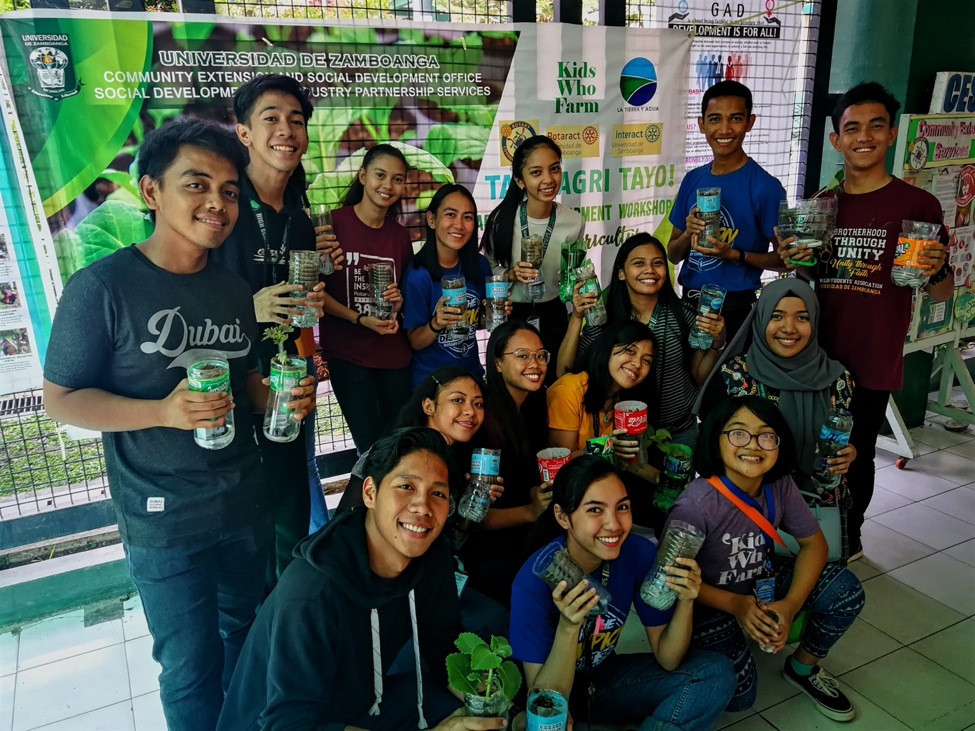
Students from Universidad de Zamboanga learn urban agriculture skills. Credit: Kids Who Farm.
Harmonizing subnational green jobs policies through public/private local alliances
As it stands, there is no commonly held standard for what constitutes a “green job”, including in the Philippines. Moreover, the study found that public training programs were developing green skills curriculum that did not reflect the needs of local businesses. These findings reinforce just transition policy guidance and other guidelines that call for coordinated bottom-up efforts, involving local government, businesses, civil society organizations, education and training providers, and young people.
Youth Development Alliances are one way that local stakeholders in the Philippines are addressing the subnational policy coordination gap. Across 15 cities, these public-private partnerships are prioritizing collective actions to help unlock green and blue jobs for youth. Recently, the Angeles City Youth Development Alliance launched “Project Angelinis” to raise multi-stakeholder awareness around opportunities in the waste management sector.
Making green financing more accessible to marginalized groups, including youth
The World Economic Forum cites investment as a key driver for the green transition. But despite significant green investments in the Philippines, the Opportunity 2.0 study confirmed that relatively little is reaching MSMEs, and even less so for youth- and women-owned enterprises who tend to lack a credit history, have limited collateral, and are unfamiliar with the loan requirements of formal lending institutions. The UNEP notes that when considering the transition to the green economy, a large portion of developing countries prioritize mobilizing green finance that is inclusive of marginalized groups.
Some bright spots are beginning to emerge. The Department of Agriculture created a Kapital Access for Young Agripreneurs (KAYA) program, offering uncollateralized loans at zero interest with five-year repayment periods to youth-owned farms or fisheries. Similarly, the MicroFinance Council of the Philippines partnered with education providers to support the startup of youth-owned MSEs in the transportation sector, and partnered with microfinance institutions to develop green energy loan products.
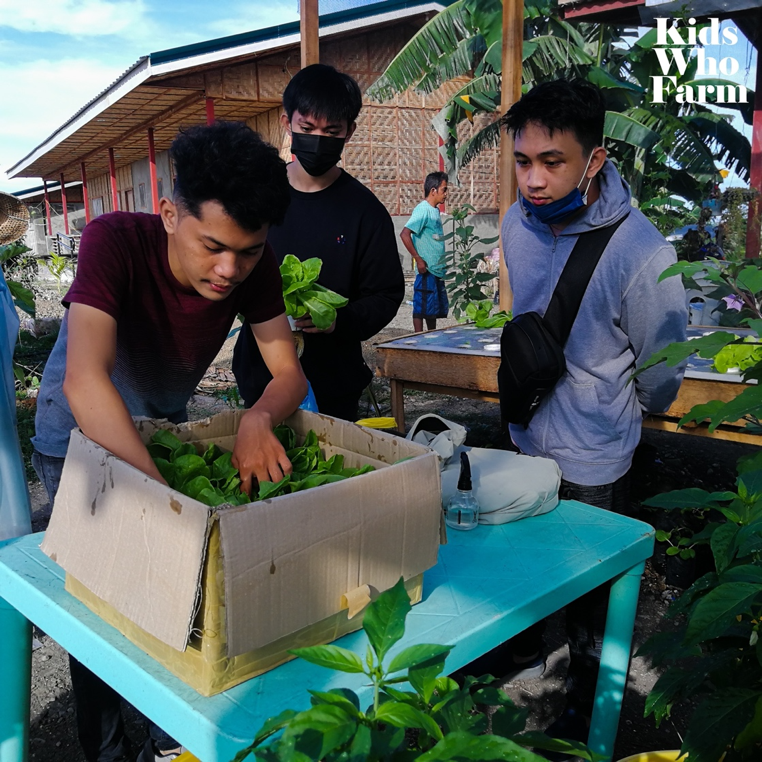
Credit: Kids Who Farm
Stimulating youth-led innovation and social change
Although the public has been slow to embrace green innovations, young people are powerful change agents. Youth-led social enterprises are leaps ahead of the traditional private sector in campaigning for circular systems and in taking new waste management technologies to market, for example.
And in Quezon City, the government has partnered with a national youth organization to launch an environmental advocacy campaign led by out-of-school youth. Participants learn about and form connections that help transition them into education and employment opportunities.
Dyanne Rose Luna, a young leader from Legazpi City, sums it up nicely: “We cannot solve these problems on our own, but need to work together to create the world we want to live in.”
